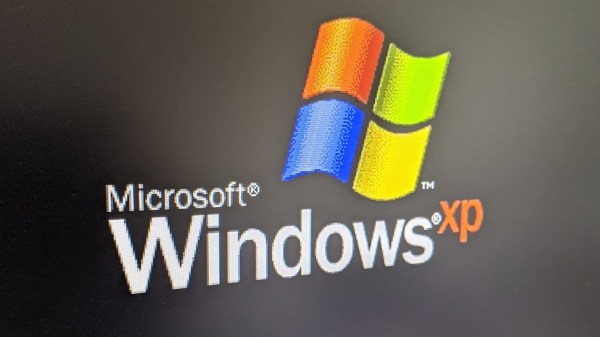The venerable Intel 486 was released in 1989 as the successor to the extremely popular Intel 386. It was the minimum recommended processor for Windows 98. (Surprisingly, the Windows 95 minimum was a 386!) But by the time XP rolled around, you needed at least a 233 MHz Pentium to install. Or at least that was the case until recently when an extremely dedicated user on MSFN named [Dietmar] showed how he hacked the XP kernel so it could run on the classic chip!
The biggest issue preventing XP from working on earlier processors is an instruction introduced on the Pentium: CMPXCHG8B. This instruction compares two 8-byte values and takes different actions depending on an equality test. It either copies the 8 bytes to a destination address or loads it into a 64-bit register. Essentially, it does what it says on the tin: it CoMPares and eXCHanGes some values. If you want to dig into the nitty-gritty details, you can check out this info on the instruction taken from the x86 datasheet.
Without getting too technical, know that this instruction is vital for performance when working with large data structures. This is because one instruction moves 8 bytes at a time, unlike the older CMPXCHG instruction, which only moves a single byte. Essentially, [Dietmar] had to find every usage of CMPXCHG8B and replace it with an equivalent series of CMPXCHG instructions.
On a side note, the once well-known and devastating Pentium F00F bug was caused by a faulty encoding of the CMPXCHG8B instruction. This allowed any user, even unprivileged users, to completely lock up a system, requiring a full reset cycle!
So [Dietmar] was successful, and now you can run the German version of Windows XP on either a real 486 or an emulated one. The installer is available on the Internet Archive and there’s a detailed video below demonstrating installing it on the 86Box virtual machine host.


















